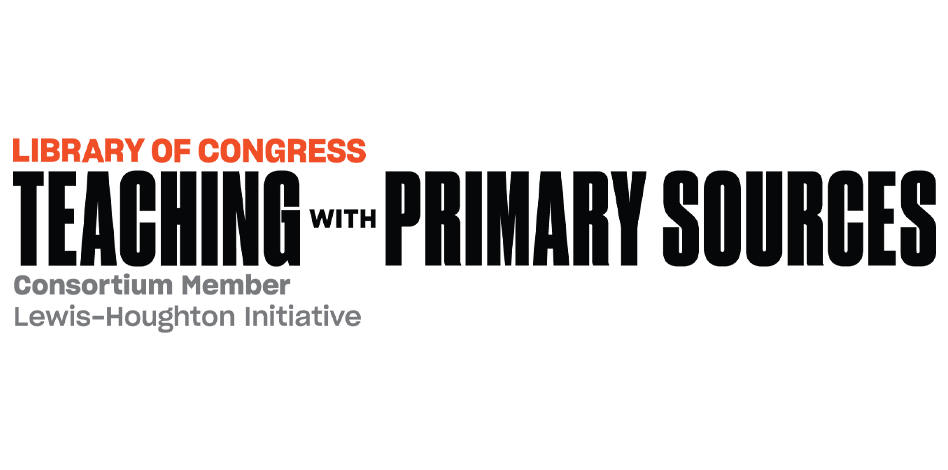
“Sweet Babe O’ Mine”
Grades 9-12
Historical musical recordings provide a unique opportunity to engage with cultures, sounds, and ideas from the past. Different types of songs, such as pop songs, chants, ballads, nursery rhymes, and lullabies, often provide different perspectives on the singers, the individuals who recorded the music, and the broader culture of the period.
This lesson explores the historical and cultural context of Margie Maddox’s 1939 recording of the lullaby, “Sweet Babe O’ Mine,” conducted by the well-known ethnomusicologists John and Ruby Lomax, a husband and wife team. Students will have the opportunity to 1) Learn about the contexts of a song’s recording, 2) listen to and analyze Margie’s song, 3) engage with contemporary musicians Elizabeth Mitchell and Daniel Littleton’s re-interpretation of the song, and 4) participate in creative activities connected to music making.
Teacher's Guide and Related Standards
Students will explore musical preservation and cultural analysis by engaging with a historical audio recording of a lullaby.
- How can historical field recordings aid in understanding issues of power and consent?
- What can we learn about a culture by engaging with its folk tunes, such as lullabies?
Mixtape Episode
- What is an ethnomusicologist?
- What is a lullaby, and why do people sing them?
- Why is it important to preserve historical recordings?
- Why is it important to explore the context in which historical recordings occurred? (i.e., who was involved, where was it recorded, when, and how?)
Primary Source Audio
Throughout this episode, students will hear excerpts of a recording of the lullaby “Sweet Babe O’ Mine.” As a part of engaging with the episode, we encourage students to listen to and analyze the recording as a primary source that holds important information about this tradition.
To promote active listening, use this graphic organizer which provides three areas for students to record their observations.
- The Spotlight: Here, students will write down what they identify as “main elements” of the recording, focusing on the voice(s). Who is singing? What are the lyrics about? What does the melody sound like? What is the tempo? Etc.
- The Set and Outer Stage: In this area, students will record any accompanying sounds, like instrumentation. Is there any body percussion (like hand clapping), or are there other audible sounds?
- The Audience: In this area, students can begin to reflect and hypothesize about the song and recording. Who recorded this song? Why? Where was it recorded? Who would be most likely to perform this song? Do you like what you hear? Can you hear any evidence of the machinery that was used to record the music? Can you hear any clues about audience members or the space?
Student Remix
Beyond the Notes
Students will explore the context of the recording of “Sweet Babe O’ Mine.”
Turntable Toolkit
Students will create their own lullaby or nursery rhyme
Musical Threads: Five Minute Podcast
Students will become music researchers by investigating folk song recordings.



